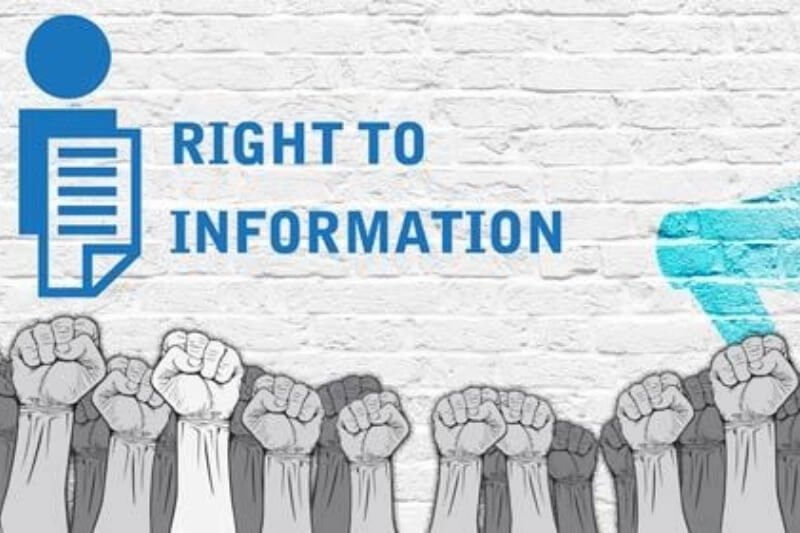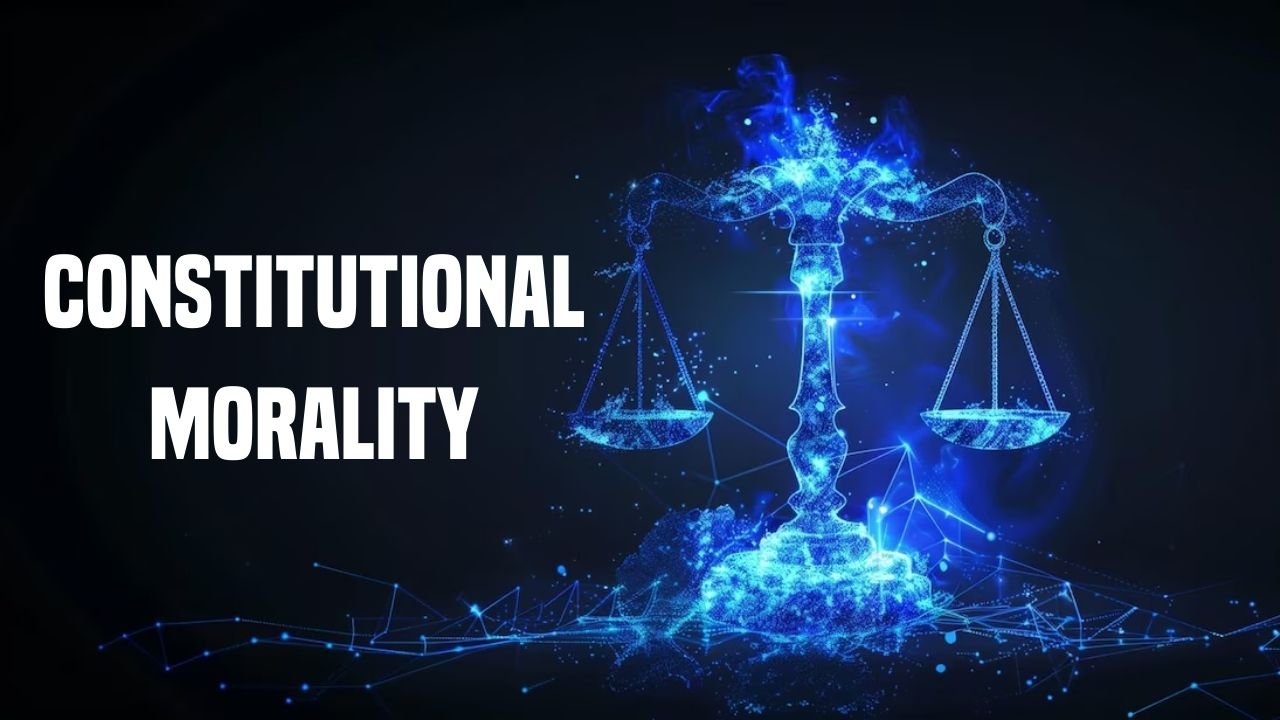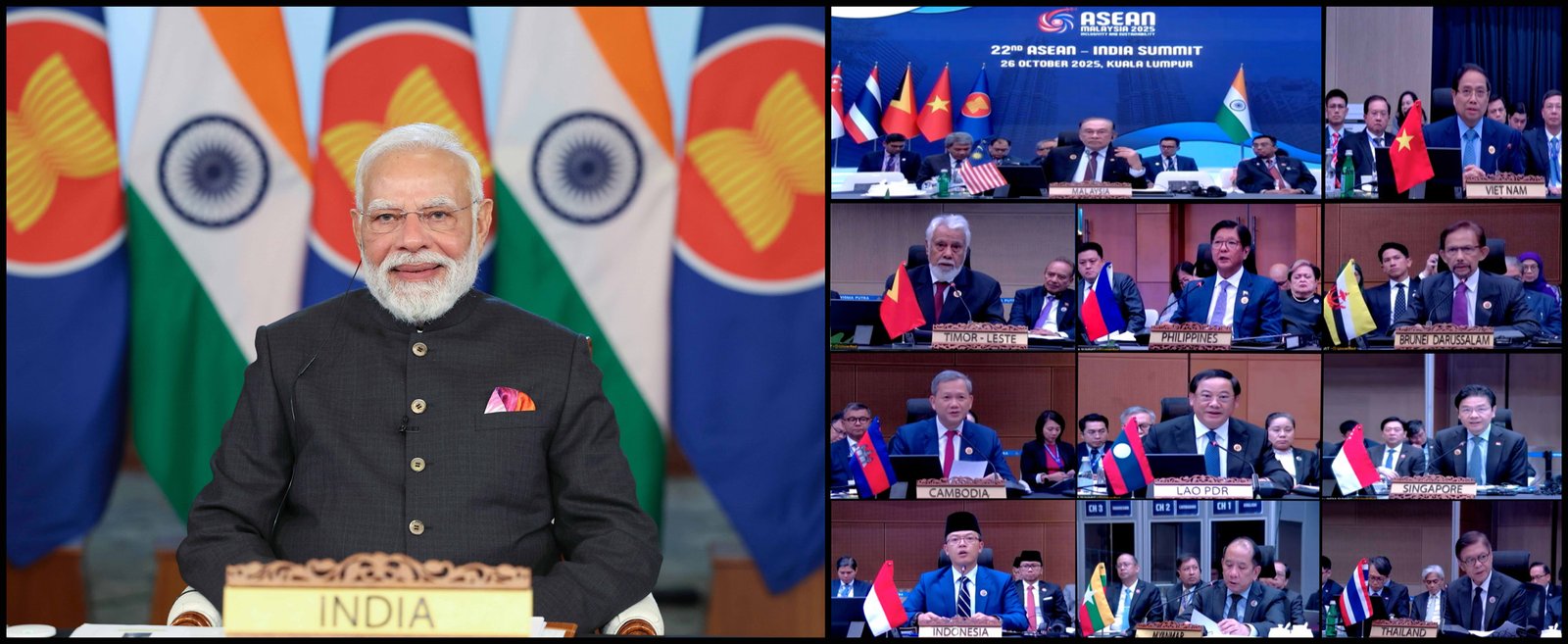Context
October 2025 marks 20 years of the Right to Information (RTI) Act, 2005, a landmark law empowering citizens to access information and strengthen accountability.
Historical Evolution of RTI in India
- Grassroots activism: Movements like Mazdoor Kisan Shakti Sangathan (MKSS) highlighted corruption in rural schemes and demanded transparency.
- State-level laws: Tamil Nadu, Goa, and other states enacted early transparency laws, laying the groundwork for a national Act.
- Role of civil society and media: Persistent advocacy and campaigns pushed the government to draft national legislation.
- Judicial support: Courts recognized “right to know” as part of democratic participation, reinforcing the demand for national legislation.
What is the RTI Act?
- Enacted in 2005, operational from October 2005.
- Empowers citizens to seek information from central and state public authorities, including public-funded bodies.
- Covers documents, records, emails, contracts, reports, data in electronic form, and other information accessible by law.
- Provides mechanisms to file RTI applications, first appeals, second appeals, and complaints.
Objectives and Importance
- Promote transparency and accountability in public administration by obliging public authorities to respond within stipulated timelines.
- Strengthen participatory democracy by enabling citizens to monitor government functioning.
- Combat corruption and maladministration, acting as a citizen-driven corrective tool.
- Empower ordinary citizens, especially marginalized communities, to access information on public services, welfare schemes, and civic amenities.
Constitutional Provisions
- Article 19(1)(a): Freedom of speech and expression, including the right to know.
- Article 21: The right to life includes the right to live with dignity, which requires access to information so citizens can claim their entitlements and hold the government accountable.
- Directive Principles of State Policy: Promote good governance, transparency, and accountability.
Judicial Interpretations
- State of UP v. Raj Narain (1975): Established that citizens cannot exercise free speech without access to information.
- PUCL v. Union of India (2004): Linked access to information with electoral transparency and democratic accountability.
- Courts have consistently recognized RTI as a fundamental tool for participatory governance and a check against arbitrary power.
Institutional Framework
- Central Information Commission (CIC) and State Information Commissions (SICs): Handle appeals and complaints.
- Public Information Officers (PIOs): First point of contact for information requests.
- Appellate Mechanisms: Second appeal to CIC/SIC; penalties imposed for non-compliance (up to ₹25,000).
- Vacancies and delays: As of October 2025, multiple Commissions are non-functional or understaffed, causing pendency of over 4 lakh appeals.
Recent Amendments
- RTI (Amendment) Act, 2019: Central Government now prescribes the tenure, salaries, allowances, and terms of service of the Chief Information Commissioner (CIC) and Information Commissioners (ICs), replacing the earlier fixed 5-year term and Election Commission parity, thereby reducing their autonomy.
- Amendment via Digital Personal Data Protection Act, 2023: Section 44(3) exempts all personal information from RTI disclosure, removing previous exceptions that allowed release in public interest.
Achievements and Impact
- Empowerment of citizens: Enabled access to ration, pensions, water, sanitation, and civic information.
- Exposing corruption: Notable examples include Adarsh housing scam (2010), Commonwealth Games scam, and electoral bonds transparency litigation.
- Improved governance: Used to monitor welfare schemes, civic issues, environmental violations, and public spending.
- Citizen engagement: Generated a new class of RTI activists and transparency campaigners.
Comparative Perspective
India’s RTI Act (2005) is similar to global transparency laws like the FOIA (USA, 1966) and UK’s Freedom of Information Act (2005). India ranks high in citizen empowerment via information requests, with over 60 lakh applications filed annually, but challenges like delayed responses and weakening institutional autonomy persist.
Challenges and Way Forward
| Challenges | Way Forward |
| Delay in responses and appeals; backlog of over 4 lakh cases | Strengthen staffing, incentivize timely PIO responses, digitize RTI processes, enforce strict timelines. |
| Dilution of autonomy (2019 amendment on CIC tenure and salaries) | Restore operational independence of CIC/SIC; align appointments with principles of impartiality. |
| Reluctance of bureaucracy; political resistance | Training, capacity building, ethics education, and penalties for non-compliance; proactive disclosure norms. |
| Threats and attacks on RTI activists | Implement and operationalize Whistleblower Protection Act; ensure security and legal recourse. |
| Misuse of RTI for blackmail or publicity | Public awareness campaigns, stricter scrutiny of frivolous or repetitive applications; differentiate genuine users from malpractices. |
| Lack of RTI literacy among citizens | Awareness drives, inclusion in school/college curricula, use of digital portals like YouRTI, RTI-on-wheels initiatives. |
Conclusion
The RTI Act at 20 remains a cornerstone of participatory democracy in India. While it has empowered citizens, exposed corruption, and strengthened accountability, challenges such as bureaucratic resistance, pendency, legislative dilution, and threats to activists persist. The Act’s continued relevance lies in citizen engagement, ethical administration, and institutional strengthening. For India to achieve transparent, accountable, and inclusive governance, it is essential that RTI be vigorously used, legally protected, and integrated with digital governance and civic education, ensuring that the promise of the Right to Know is fully realized.
| Ensure IAS Mains Question Q. “The RTI Act, 2005, has empowered citizens and strengthened accountability, but recent amendments and administrative challenges threaten its effectiveness.” Examine. (250 words) |
| Ensure IAS Prelims Question Q. Which of the following are key achievements of the Right to Information (RTI) Act, 2005, in India? 1. Empowering citizens to access information on public services and welfare schemes. 2. Strengthening participatory democracy and citizen engagement in governance. 3. Exposing corruption and improving accountability in public administration. Select the correct option from the codes given below: a) 1 and 2 only b) 2 and 3 only c) 1 and 3 only d) 1, 2 and 3 Answer: d) 1, 2 and 3 Explanation: Statement 1 is correct: RTI allows citizens to request information from central and state public authorities. People can obtain details about ration distribution, pensions, water supply, sanitation, and other government services. This enables ordinary citizens, especially marginalized groups, to ensure that government schemes are implemented properly. Statement 2 is correct: By giving citizens access to information, RTI encourages them to monitor government functioning. Citizens can raise questions, file complaints, and demand accountability, creating a more participatory governance environment. Civil society organizations and activists use RTI to engage communities in decision-making processes. Statement 3 is correct: RTI has uncovered scams like the Adarsh Housing Scam, Commonwealth Games fraud, and irregularities in electoral bonds. The transparency facilitated by RTI compels public officials to act responsibly, reducing maladministration and corruption. |
Also Read | |
| UPSC Foundation Course | UPSC Daily Current Affairs |
| UPSC Monthly Magazine | CSAT Foundation Course |
| Free MCQs for UPSC Prelims | UPSC Test Series |
| ENSURE IAS NOTES | Our Booklist |





